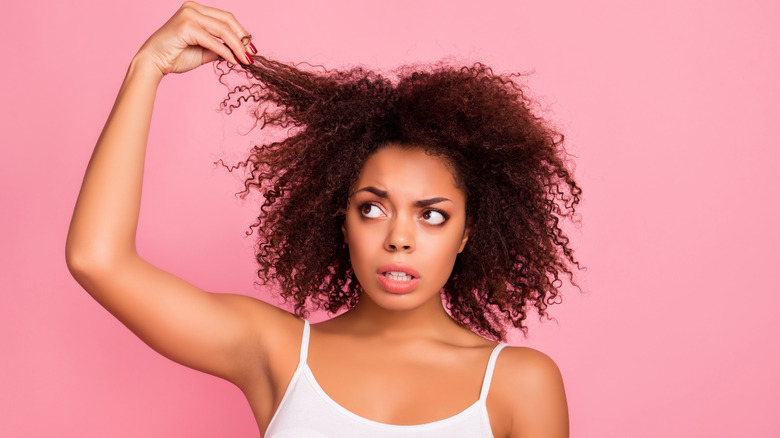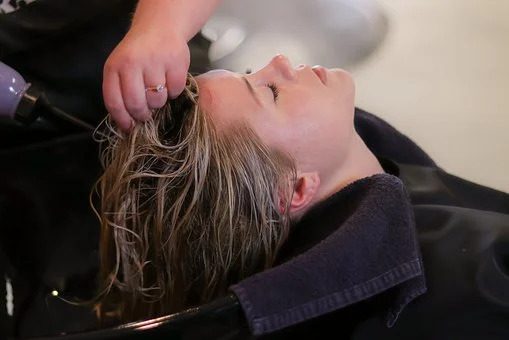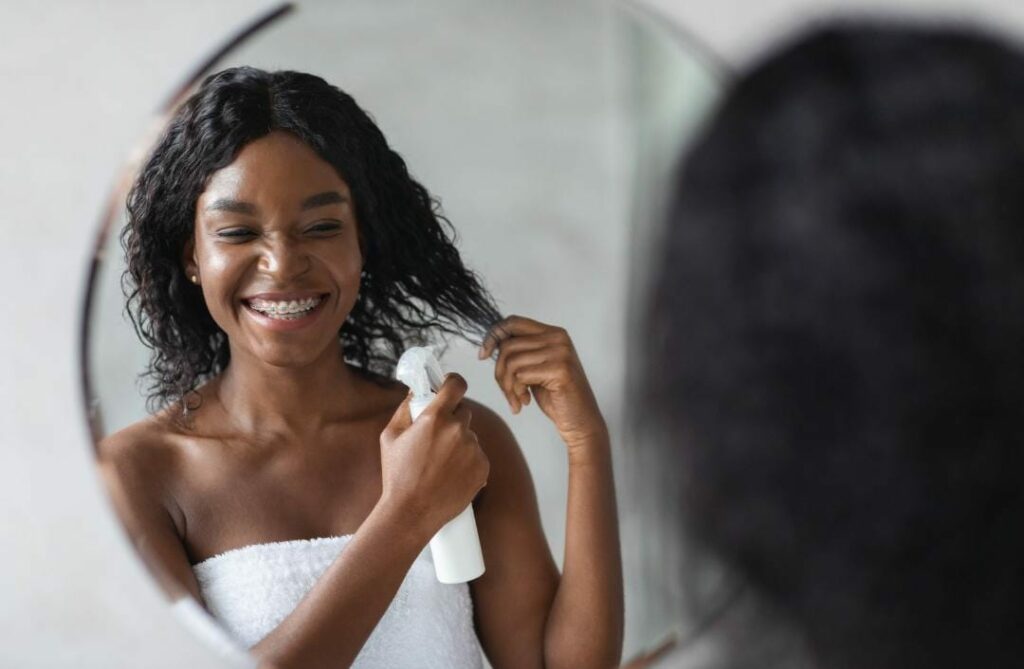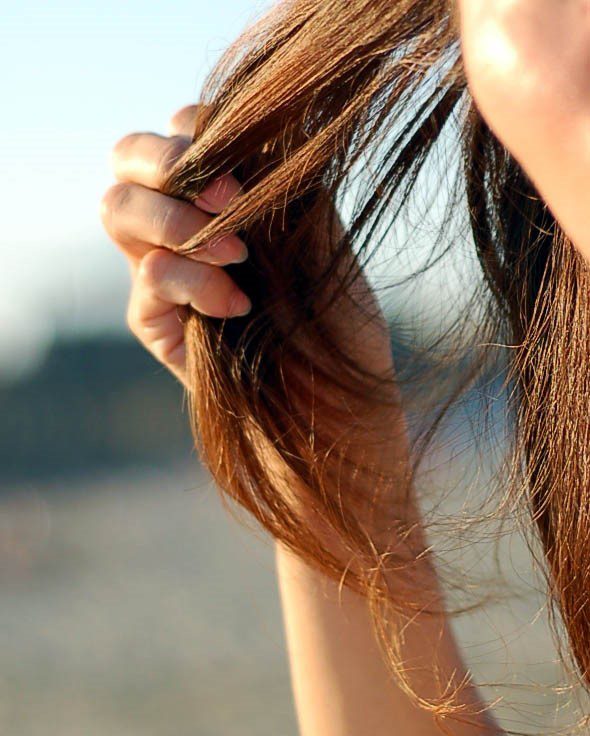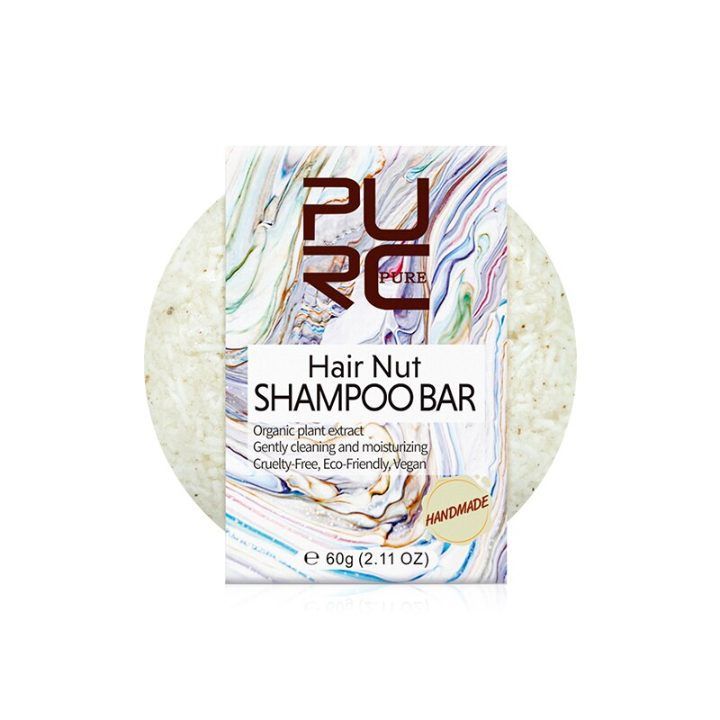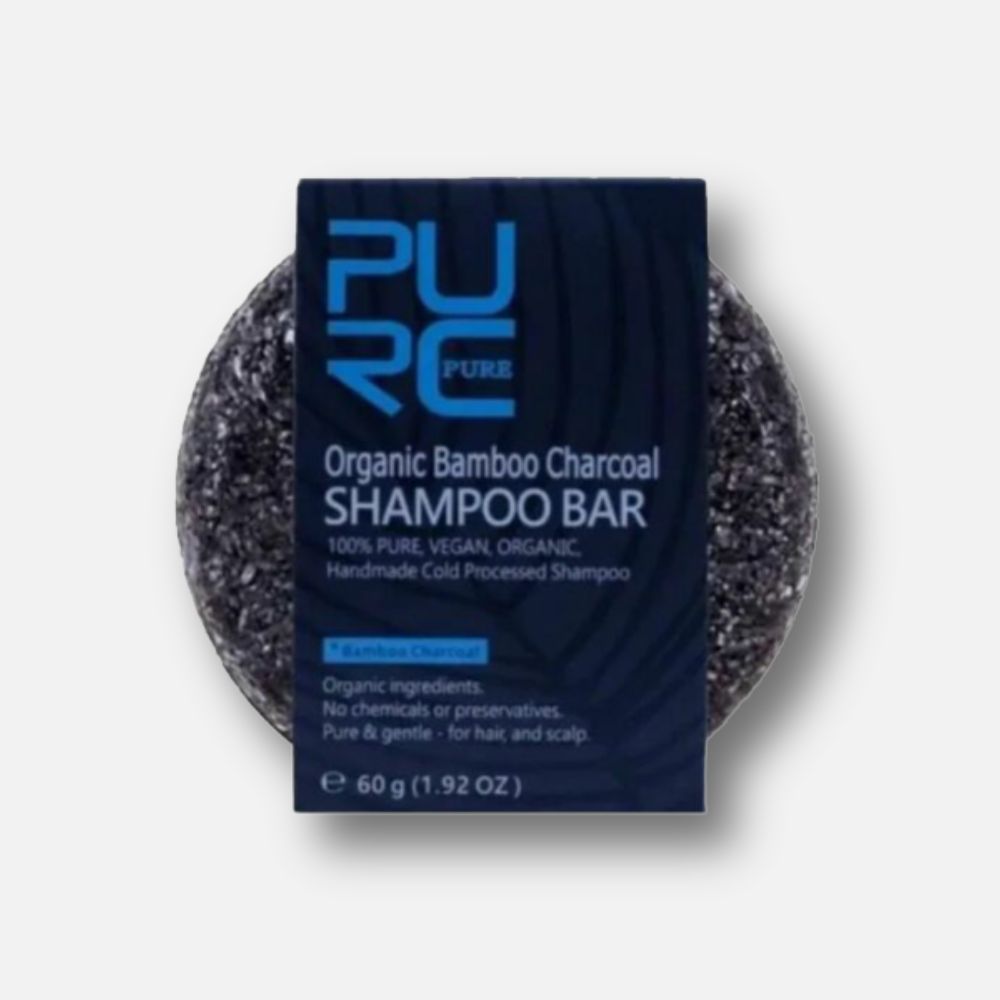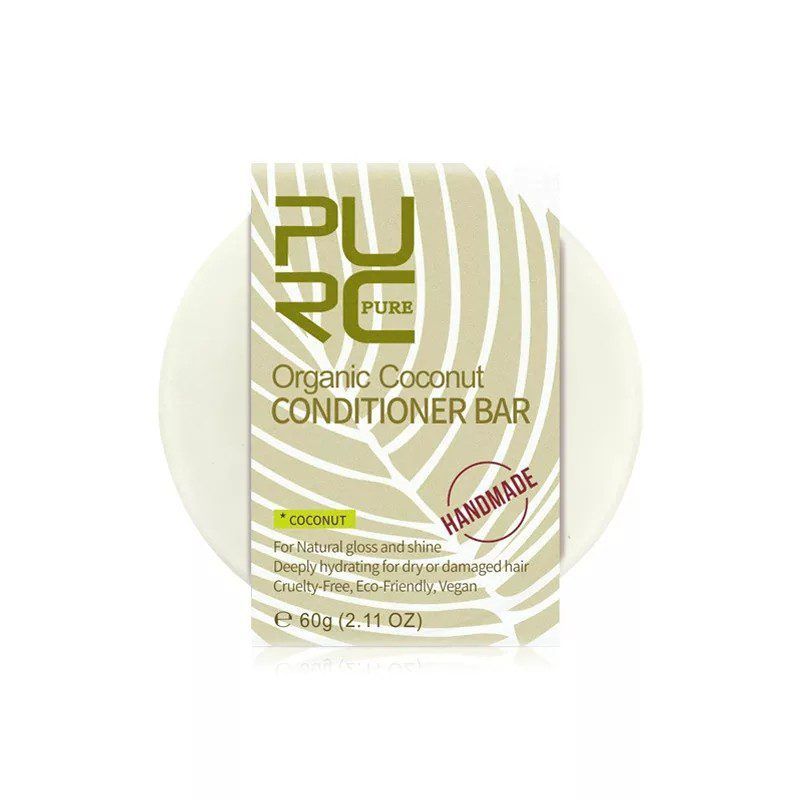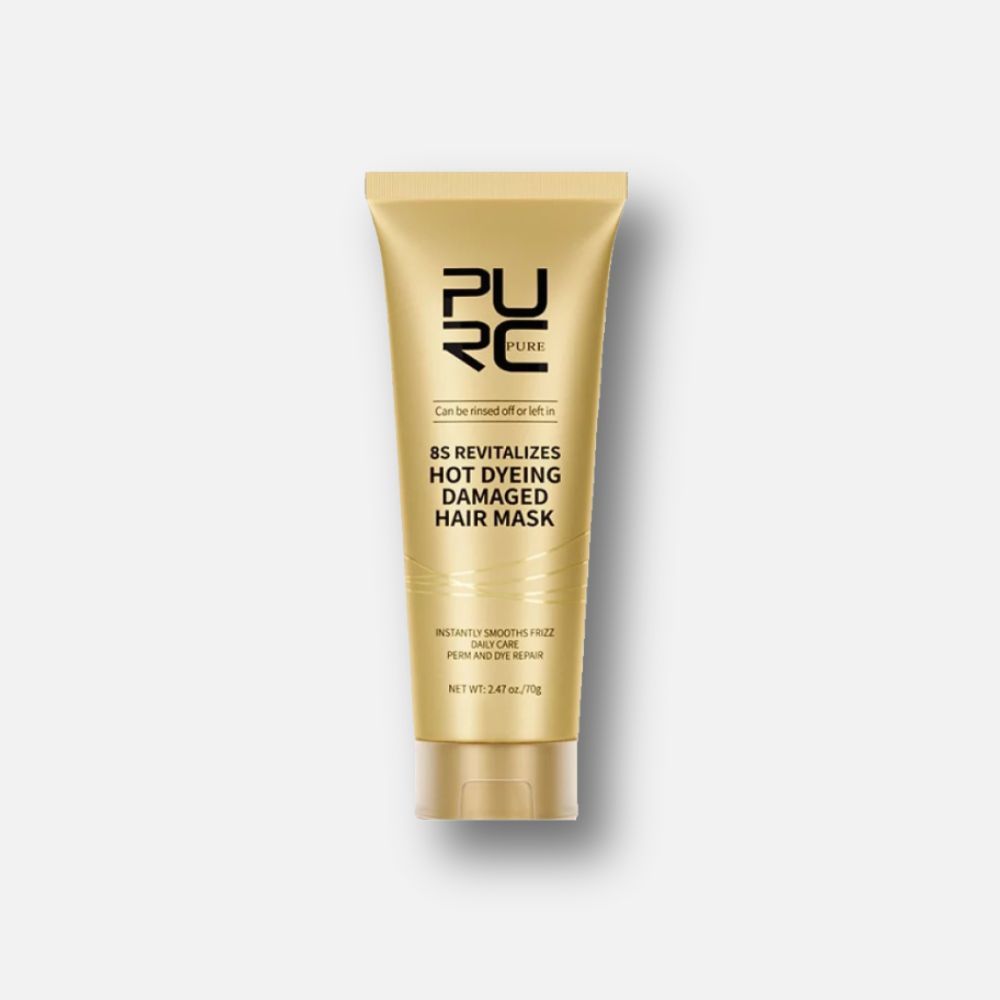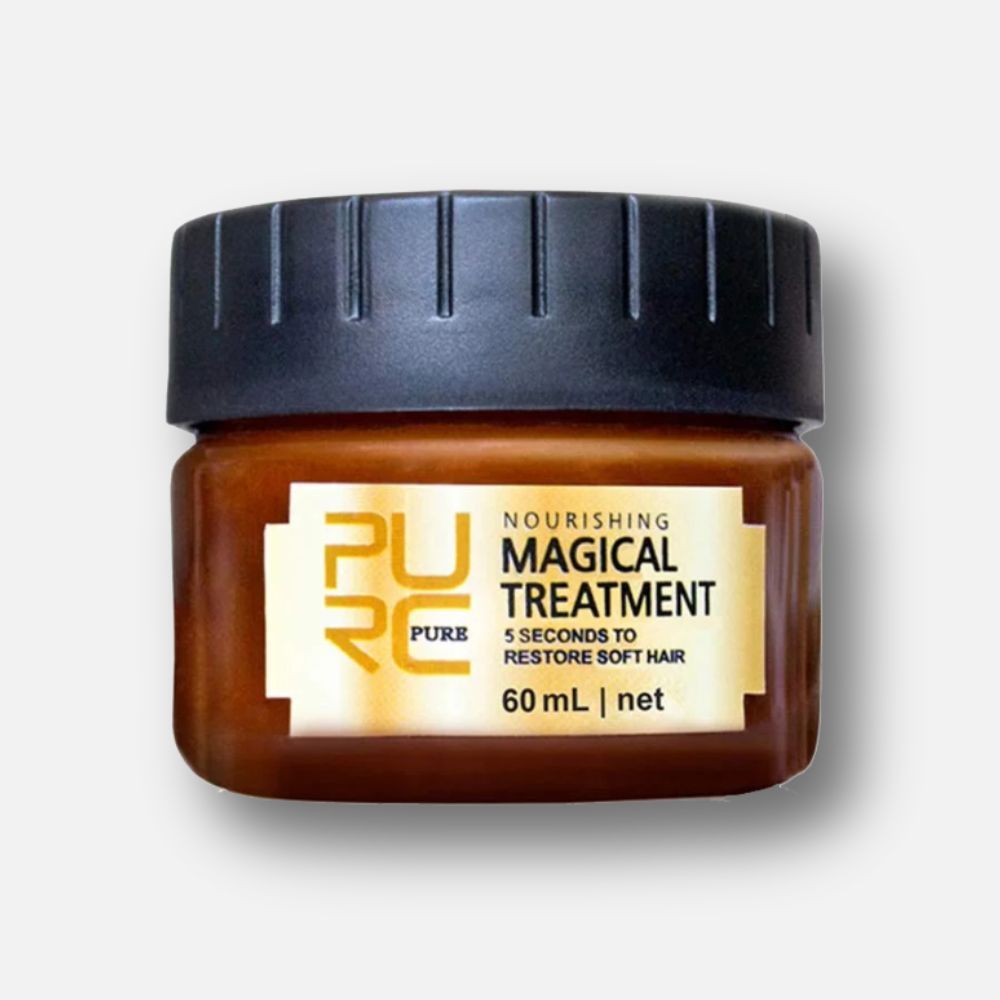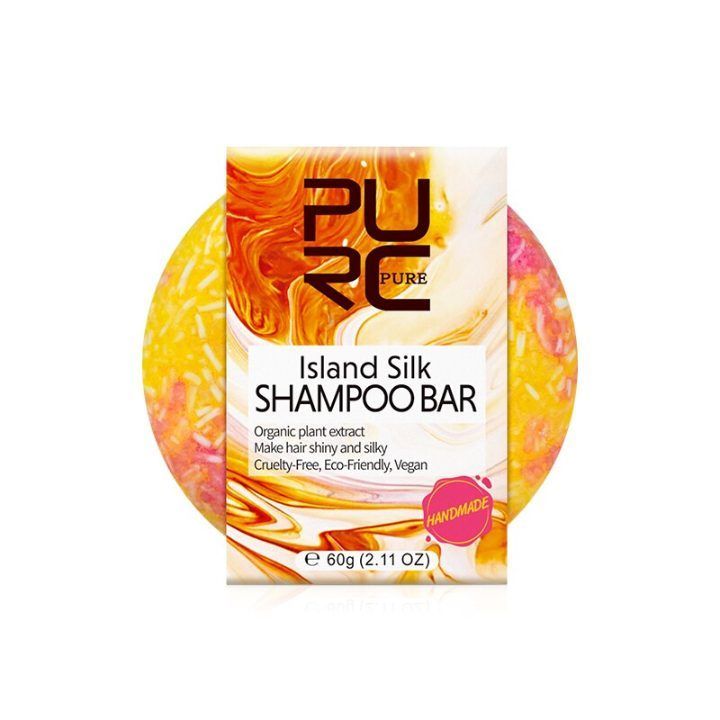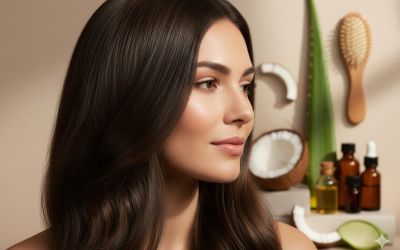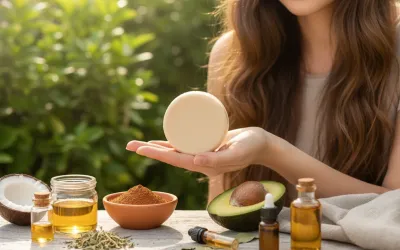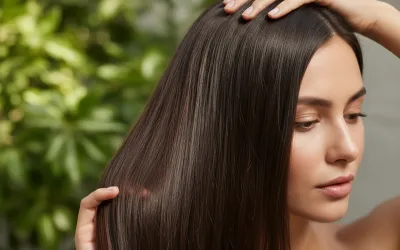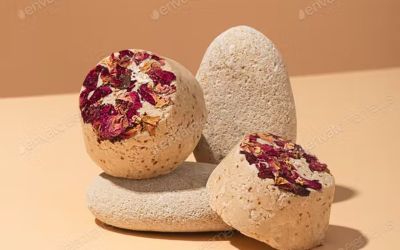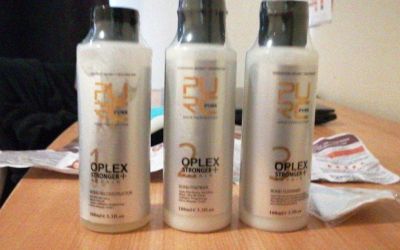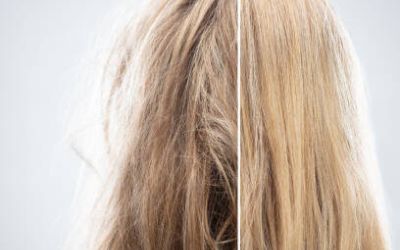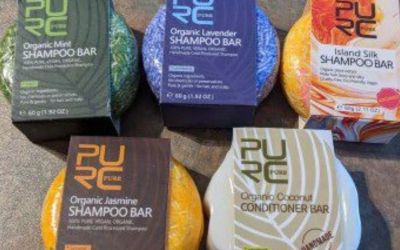Life is too short to have dull hair. Take care of your precious curls because you’re a queen with a natural crown.
Are you seeking a new hair routine that will give you attractive, healthier, and more defined wavy, curly, or coily hair? Do you wish you could have more defined curls and get rid of frizz?
The Curly Girl Method (CGM) is all over Pinterest and Instagram and is suitable for all hair types. It’s the perfect hair diet for people with textured hair, waves, or curls and could be the answer to your problems.
We’ve put together a step-by-step guide to get you started with the CGM routine! Despite the Curly Girl Method’s exceptional outcomes for many people with curly hair, we advocate modifying it to meet your lifestyle, preferences, and the demands of your specific hair type. Experiment as much as you like to find out what works best for you!
Where Does The Curly Girl Method Come From?
The CGM Routine promises to make your curls shine. Lorraine Massey created the process in 2007 and outlined it in her now-famous book ‘Curly Girl: The Handbook.‘
The CGM routine focuses on substituting toxic chemicals/shampoos, heat treatments, and other dangerous practices with gentler conditioners, hair treatments, and gel that allow your hair to absorb more moisture and nutrients. Then, once you’ve determined your curl type and hair traits, you’ll be able to determine the nutrients your hair requires to thrive! It’s remarkable how avoiding bad habits can drastically transform a person’s hair!
What To Avoid In The CGM Routine?
- Shampoos containing Sodium Lauryl Sulphates (SLS), non-water-soluble silicones, wax, non-natural oils, toxic alcohols, and perfume should be avoided because they are both toxic and drying. Sulfate-free choices gently remove impurities from your hair. Hence, when you’re doing a final wash, use a sulfate-based shampoo to eliminate all build-up and prepare you for the CGM routine.
- If you use heat and styling tools, you run the danger of causing significant damage to your hair. Using a diffuser to distribute mild heat evenly across your curls is a superior approach to blow-drying your hair. However, it is strongly recommended that you let your hair air dry as much as possible.
- Detangling your hair with your fingers is preferred over combing / brushing for various reasons. It’s far more natural to use your fingers because you’re more aware of where your tangles are, and instead of busting through them, you can work them out more slowly. This helps avoid hair breakage, which can cause frizzy hair and make it harder to grow long hair. The only time you should detangle your hair is in the shower when it’s full of conditioner.
- When it comes to hair washing, how often should you do it? It all depends on your hair type and your personal preferences. According to Massey’s technique, you should only shampoo once a week with wavy hair.
- Regular terrycloth towels, no matter how gently you dry your hair, roughen the cuticle and produce a lot of frizz and damage. Although microfiber towels are recommended, you can also opt for cotton t-shirt towels and muslin cloth.
- It is not recommended to color, dye, or bleach your hair because the substances and techniques can be exceedingly hazardous. However, coloring your hair while maintaining healthy curls is doable but slightly more complicated. After dyeing your hair, give it one final wash to remove any silicone. Then, using a protein-rich hair mask, hydrate thoroughly.
8 Steps For Success With The CGM Routine
Once you’ve removed or limited the products and behaviors from your hair routine, it’s time to move on to the phases. Before using the CGM routine, remember that everyone’s ideal hair routine is different: what works for one person may not necessarily work for your hair.
Keep experimenting with different products and steps throughout your curly girl adventure until you find a routine that works for you and your curls. We’re not going to lie: you’re going to need a lot of patience as you make your way down the curvy road! Keep a notebook or take notes on your phone about how your hair reacts to everything you do and attempt, from washing and styling to how your hair reacts to different weather conditions and chemicals.
Step 1: You’ll need to conduct tests to identify which hair products and treatments are ideal for your specific hair qualities.
• What are the curl type, hair thickness, and density? – Wavy hair, curly hair, and coily hair are the three curly hair varieties. You can change your regimen, products, and hairstyles according to your curl type, hair thickness, and density.
• What is hair elasticity, and how can you measure it? – Your hair’s elasticity dictates whether you should use protein-based or non-protein-based products. Elasticity is determined by drawing out a curl and observing how quickly it returns. It’s a symptom of dehydration if your curl doesn’t bounce back immediately. You may experience dry or fragile hair as a result of an imbalance.
• How porous is your hair? – Porosity refers to how well you absorb and retain moisture. You may determine this by observing how soon your hair dries after being washed. You’ll need thicker, richer creams if your hair doesn’t retain moisture well.
Step 2: The next step is to evaluate which nutrients and ingredients will improve your hair and which ones to avoid using the information you gathered in Step 1 about your hair features. You should use lighter or heavier products depending on your hair type and the elasticity of your hair. During this process, an essential thing to remember is that your curl type (for example, 2a, 3b, or 4c) has no bearing on your product selections.
Step 3: You’ll need to do a Final Wash to ensure that you can start the CGM routine with a clean slate. This necessitates a final wash with a shampoo containing sulfates, a powerful cleansing ingredient. Check to see if the shampoo contains sulfate but no silicones because the purpose of your final wash is to remove the silicone build-up in your hair.
Tip – Because you’ll be using a relatively strong product on your hair during the last wash, your hair may become extremely dry. As a result, we recommend that you use a deep conditioner or a hair mask to moisturize and nourish your hair after your last wash.
Step 4: It is preferable to eliminate any tangles from your hair before washing it. This is referred to as detangling, which you should do with your fingertips rather than a regular brush/comb.
Step 5: Using a conditioner or a specifically formulated cream cleanser to eliminate build-up and cleanse the hair without lathering or harsh compounds found in shampoos is known as a co-wash.
Regular shampoos are detrimental to your hair because they contain harsh cleansers that perform such an excellent job of cleaning that they wash away the natural oils from your hair, affecting the texture of your hair. Co-washing is significantly kinder on your hair and scalp. It will take some time for your hair to adjust to this new approach, so expect oily hair at first.
Step 6: Deep conditioning is an integral aspect of the haircare CGM routine. This is comparable to a hair mask, which you may already use. It’s a super-concentrated, nutrient-rich conditioning treatment that goes deeper into the hair and provides more nourishment.
Step 7: You naturally want your curls to get and preserve their lovely shape after washing and caring for your hair. To do so, follow the previous procedures and use hair products appropriate for your hair and curl type. If you follow and maintain the CGM routine, you’ll only have to style your curls 1-2 times a week or as frequently as you wash your hair.
Fill a spray bottle with water and a few drops of leave-in conditioner or styling product (like gel) through your curls, and scrunch it in to refresh them in between washes. You can also put your hair up in a pineapple and sleep on a silk pillowcase at night to keep it protected.
Step 8: Let your curls dry. It is recommended to start with plopping your hair, a non-damaging hair drying treatment. It also gives your hair more definition, reduces frizz, and helps it dry faster. Then wrap your curls in a cotton t-shirt/microfiber towel and leave them for fifteen minutes. It’s better to let your hair air dry after that.
Top Tips For Success
The most crucial thing to keep in mind is that this procedure necessitates time. We’re not talking about weeks here; we’re talking months, if not years, getting your hair to its full curly potential.
It’s just as vital to use the appropriate hair products as it is to use the correct application and procedures to aid in the reduction of frizz and the definition of curls. The way you apply items to your hair might significantly impact how your curls form and settle than the product itself. With your hair upside down, wash it and apply all of your products on the upper layers of your hair, especially at the roots; this helps reduce frizz and encourages curl definition.
Take selfies regularly and keep track of the items and strategies you employ. Check out how far you’ve come with your CGM routine, how long your hair has grown, how shiny it is, how curled it has become, and how healthy it looks and feels. You’ll quickly see that what you’re doing is effective.
Expected Results And Issues That May Arise During The Changeover?
If you follow the CGM routine and utilize the right hair products, you should see a difference right away after your first CGM routine step, such as less frizzy hair. After six weeks, you should notice excellent improvements if you keep it up consistently.
Unfortunately, not everyone will immediately experience a hallelujah moment. Everyone’s transition period is different, and your hair may need some time to adjust to the new regime. Here are a few common problems to give you an idea of what you could expect.
- Shampoo causes your scalp to create too much sebum. The drying impact of sulfates on your scalp’s sebum causes your scalp to respond. If you’re new to the CGM routine, it may take some time for your scalp to regulate its sebum production and rebalance.
- Some people have more frizzy hair at the start of the approach than before. Because your hair is no longer weighed down by silicone and heat, it can finally breathe. This should clear up in a few weeks if you continue to co-wash, use moisturizing treatments, and silicone-free products.
- You probably have over-conditioned hair if it feels mushy, soft, and curly. Although curly hair is dry and requires a lot of moisture, some products can be too much, especially if you have fine hair. If this occurs, wash your hair with a sulfate-free shampoo and apply milder conditioners/moisturizers. Do not deep condition regularly.
Conclusion
Embracing the CGM routine can be a game-changer for individuals struggling with frizzy hair. The CGM routine is all about treating your hair with love and care, and understanding its unique needs. This routine is based on the idea of using products that are free of harsh chemicals and sulfates, and instead, focus on nourishing and hydrating your curls.
The CGM routine involves four main steps: cleansing, conditioning, styling, and drying. The key is to use products that are specifically formulated for curly hair and to avoid using tools that can damage your curls, such as heat styling tools or brushes. Instead, focus on using your fingers or a wide-toothed comb to detangle and style your curls.
One of the most important aspects is to understand your hair’s porosity and curl pattern. This can help you choose the right products and techniques to achieve healthy, defined curls.
The CGM routine is a great way to embrace your natural curls and achieve healthy, defined hair. It requires patience and dedication, but the results are well worth it. By focusing on nourishing and hydrating your curls, you can say goodbye to frizz and hello to beautiful, bouncy curls!

